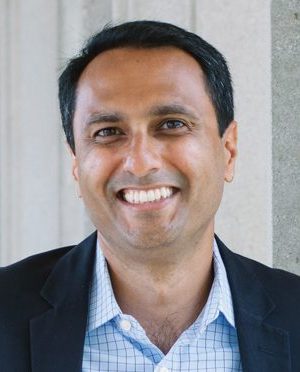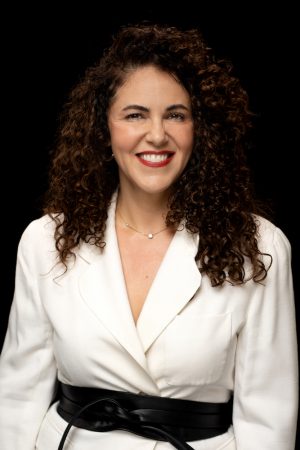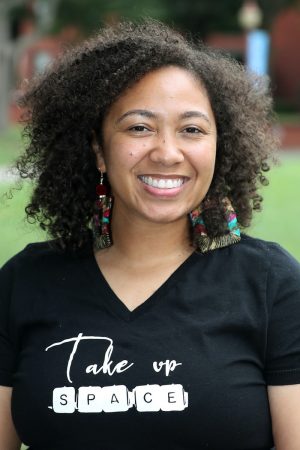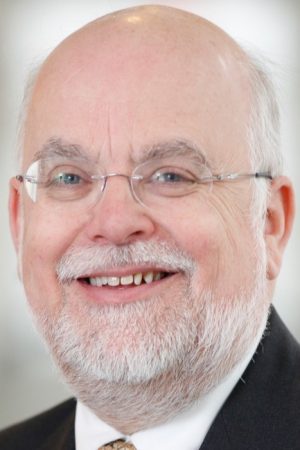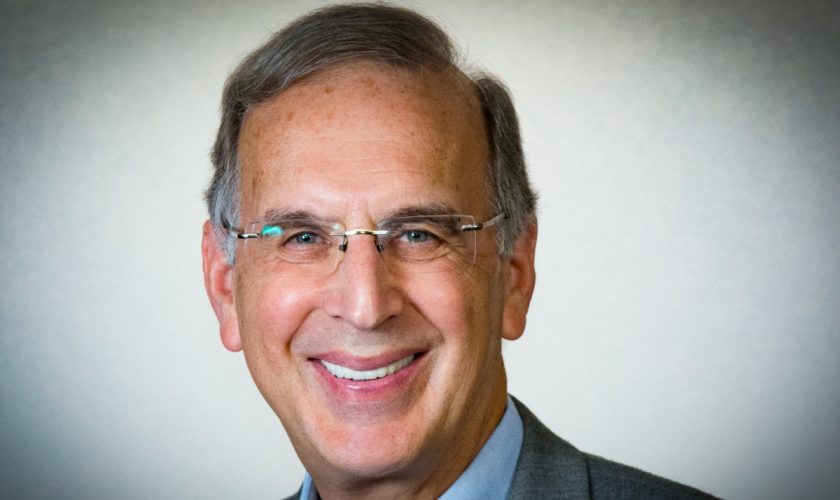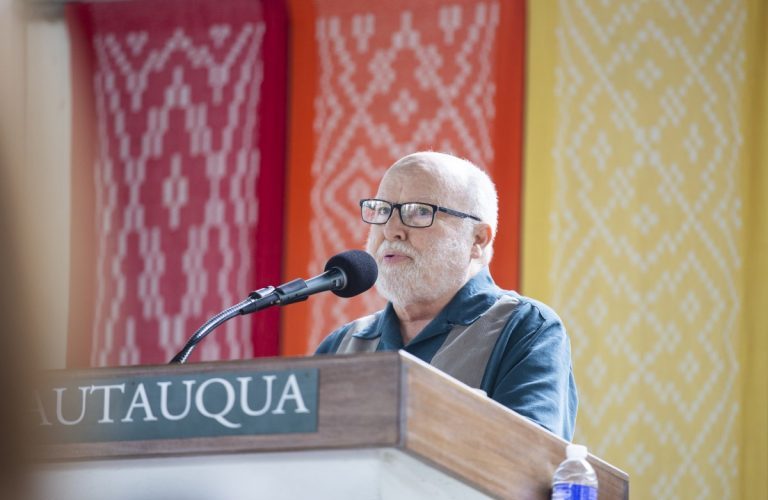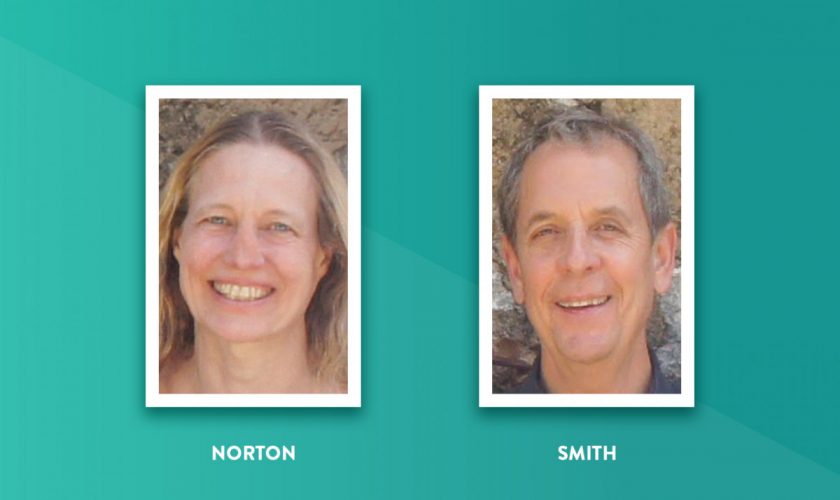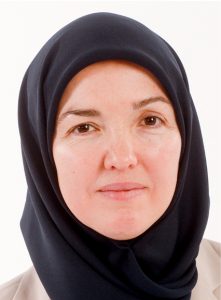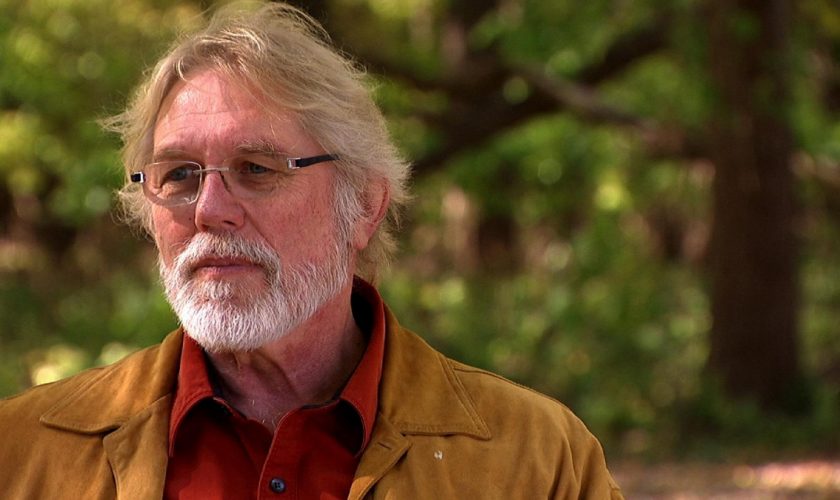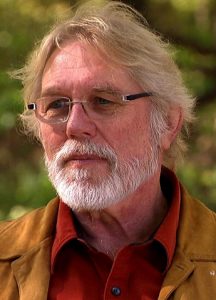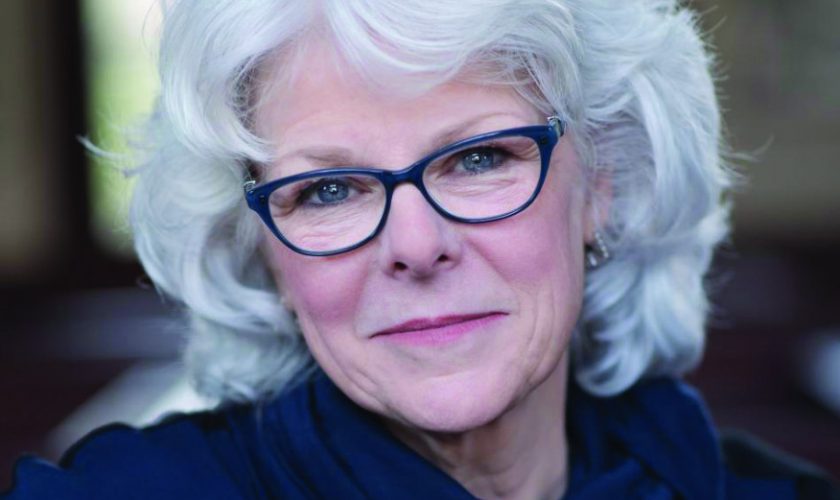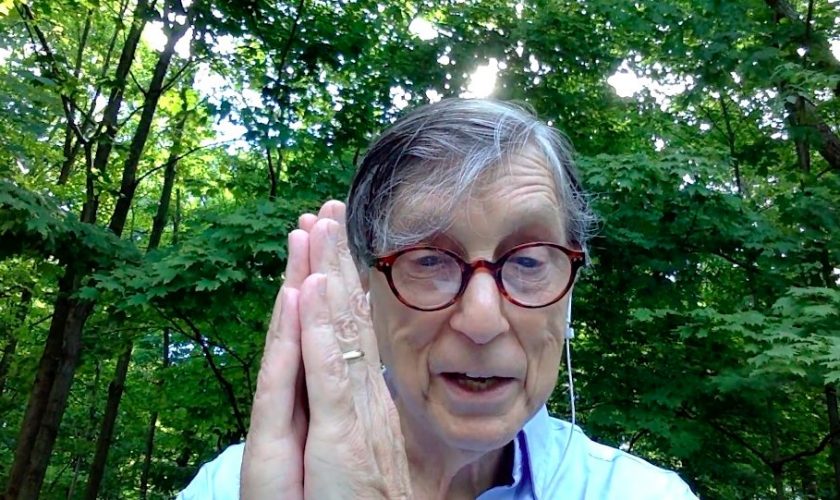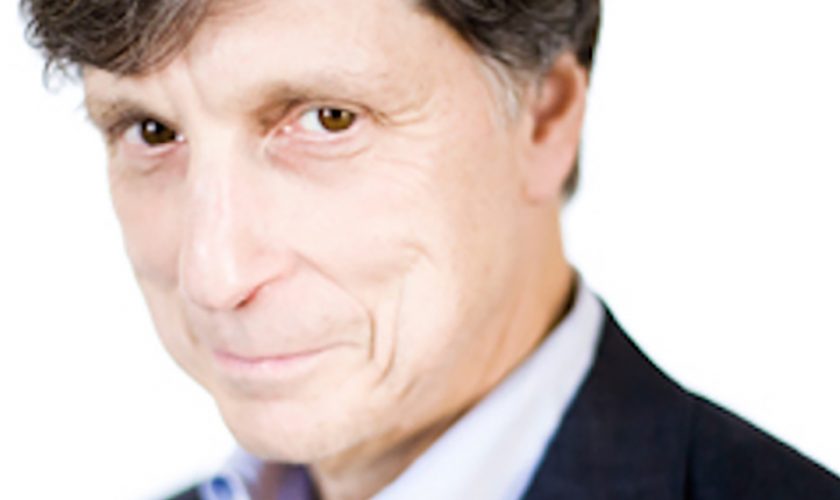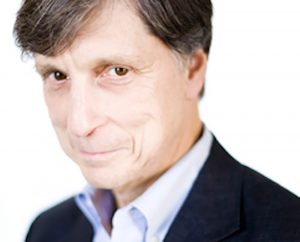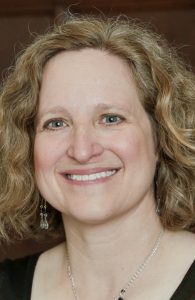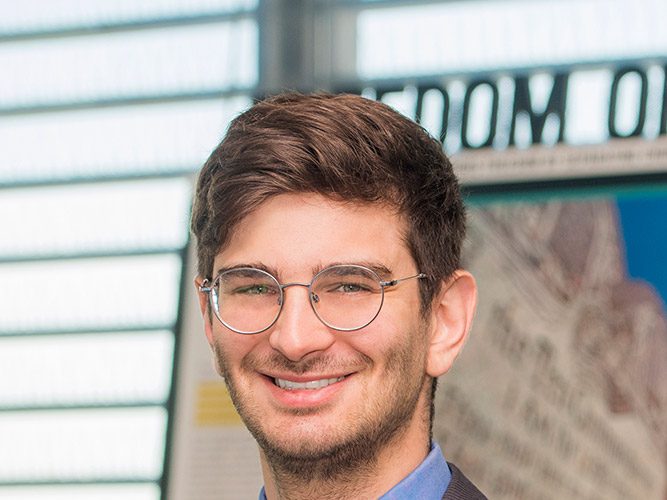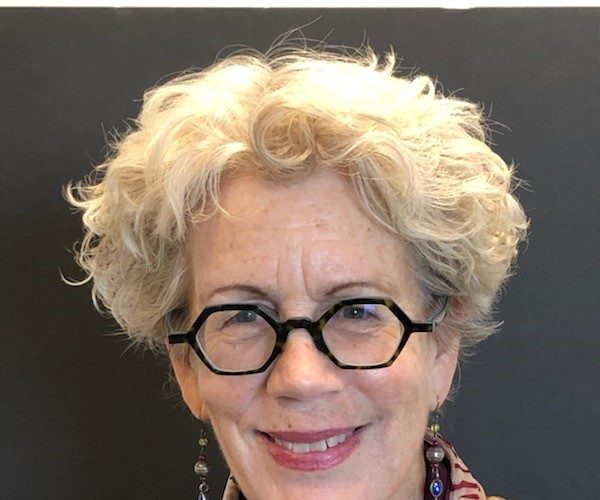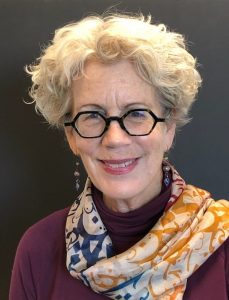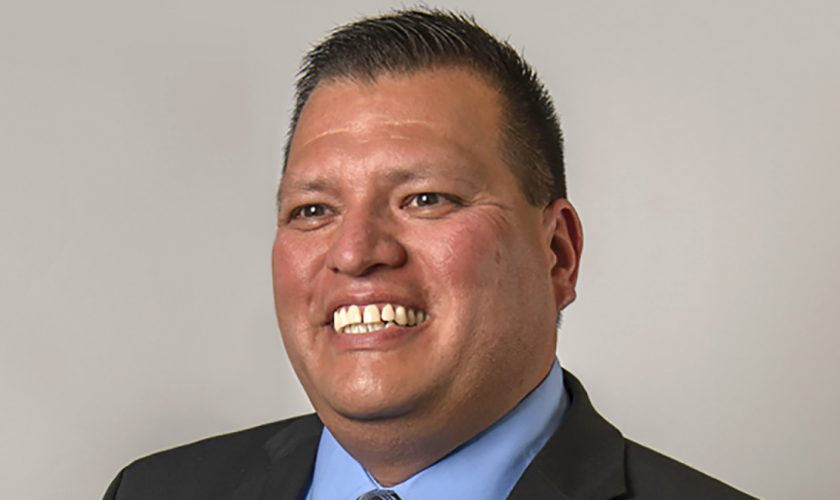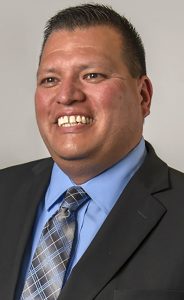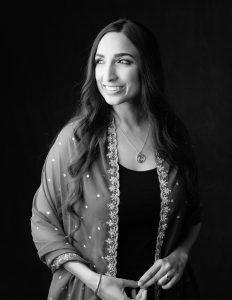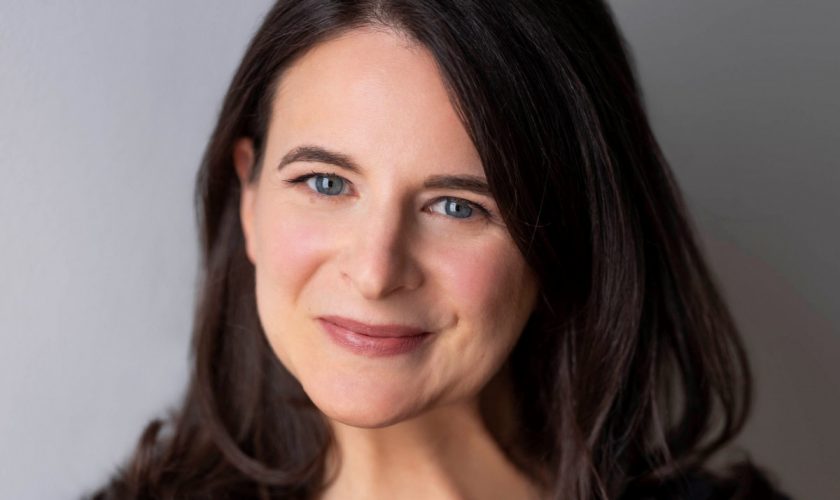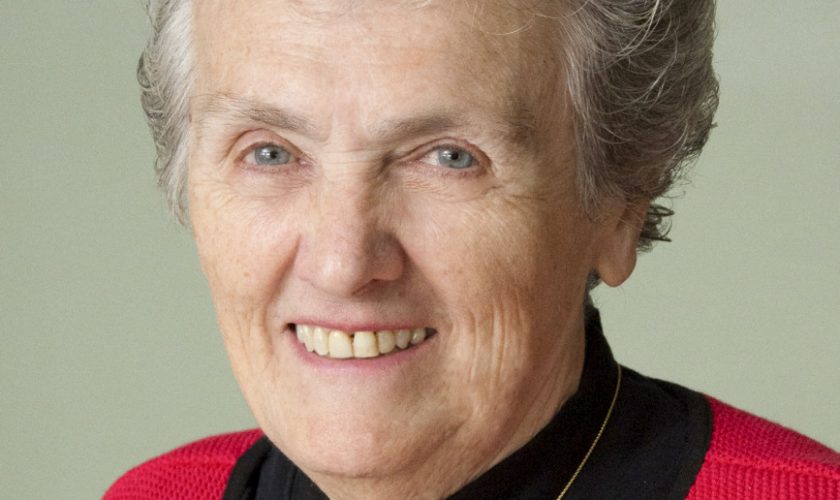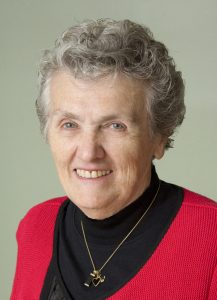When Rabbi Sid Schwarz relays progressive Judaism for Week Eight’s Interfaith Friday, he said that he will also be balancing a millennia of Rabbinic commentary.

“I stand on the shoulders of many,” Schwarz said.
Schwarz will deliver his lecture “The Creation Story and Humanity’s Homework: A Jewish Take” at 2 p.m. EDT Friday, Aug. 21, on the CHQ Assembly Video Platform. This Week Eight Interfaith Friday lecture will describe the creation story from the perspective of progressive Judaism.
Schwarz is a senior fellow at Hazon, a Jewish organization based in New York. He also founded PANIM: The Institute for Jewish Leadership and Values, and led the institute for its first 21 years.
Schwarz has attended the last five seasons of Chautauqua’s summers. He previously spoke at Chautauqua in a 2017 conversation with broadcast journalist Bill Moyers on Jewish megatrends during the week on “A Crisis of Faith?”
Schwarz said he sees the Bible as a Rorschach test. There are core traditions that embrace the Hebrew Bible, but an individual reading these stories does so through the context of their own religious journey.
Schwarz jump-started his own religious journey in 1970, the summer before his senior year of high school. He traveled around Eastern Europe with other Jewish teens in the United Synagogue Youth to hear from Soviet Jews who were not permitted to practice their religion, speak their language or engage in Jewish culture. The students learned about the treatment of these people, who in turned gained hope hearing from students who could freely practice their Jewish religion.
At the time, Refuseniks — Jewish people in the Soviet Union who had applied to leave the Soviet Union for Israel — were losing their jobs or were even arrested for wanting to leave. Jewish people worldwide were protesting the treatment of these Jews.
“It made me realize how much privilege I had to freely practice my religion,” Schwarz said.
When Schwarz returned to the United States, he began traveling to synagogues and other institutions across the country to educate people on the treatment of Jewish people in the Soviet Union. This was the start of his human rights work, not just for Jewish people but for other persecuted groups worldwide.
By 1987, Schwarz had become a rabbi and joined the Jewish Communication Relations Council. They were gearing up for December of that year, when Soviet leader Mikhail Gorbachev was scheduled to meet withPresident Ronald Reagan in Washington D.C. That same year, the Jewish Soviet prisoner Natan Sharansky had just been released and was traveling around the country calling for people to go to D.C. to protest the treatment of Jews and pressure Gorbachev to allow Jewish people to freely leave the Soviet Union.
Schwarz was the one who organized the protest. They had planned for 25,000 to participate. When he filed the form that legitimized the march, Schwarz said they expected 50,000 people, in order to get the attention of the media in advance of the protest. Instead, a quarter of a million people arrived at the protest and broke down public transportation.
It was covered on the front page of every major news publication. After this protest, every time Reagan met with Gorbachev, Reagan would pull out a list of names of Soviet Jews who had been persecuted. The protest was the catalyst for what Schwarz calls the “second exodus” of Jewish people who migrated to Israel.
Schwarz’s Interfaith Friday lecture represents a history with a heavy weight alongside Judaism’s creation story. He plans to detail two different images of God presented in Jewish texts.
“The version of God I like is not the one that is the master of the universe, but rather is unfolding the creation of the world, which continues to this day,” Schwarz said.
This program is sponsored by the Eileen and Warren Martin Lectureship for Emerging Studies in Bible and Theology.

